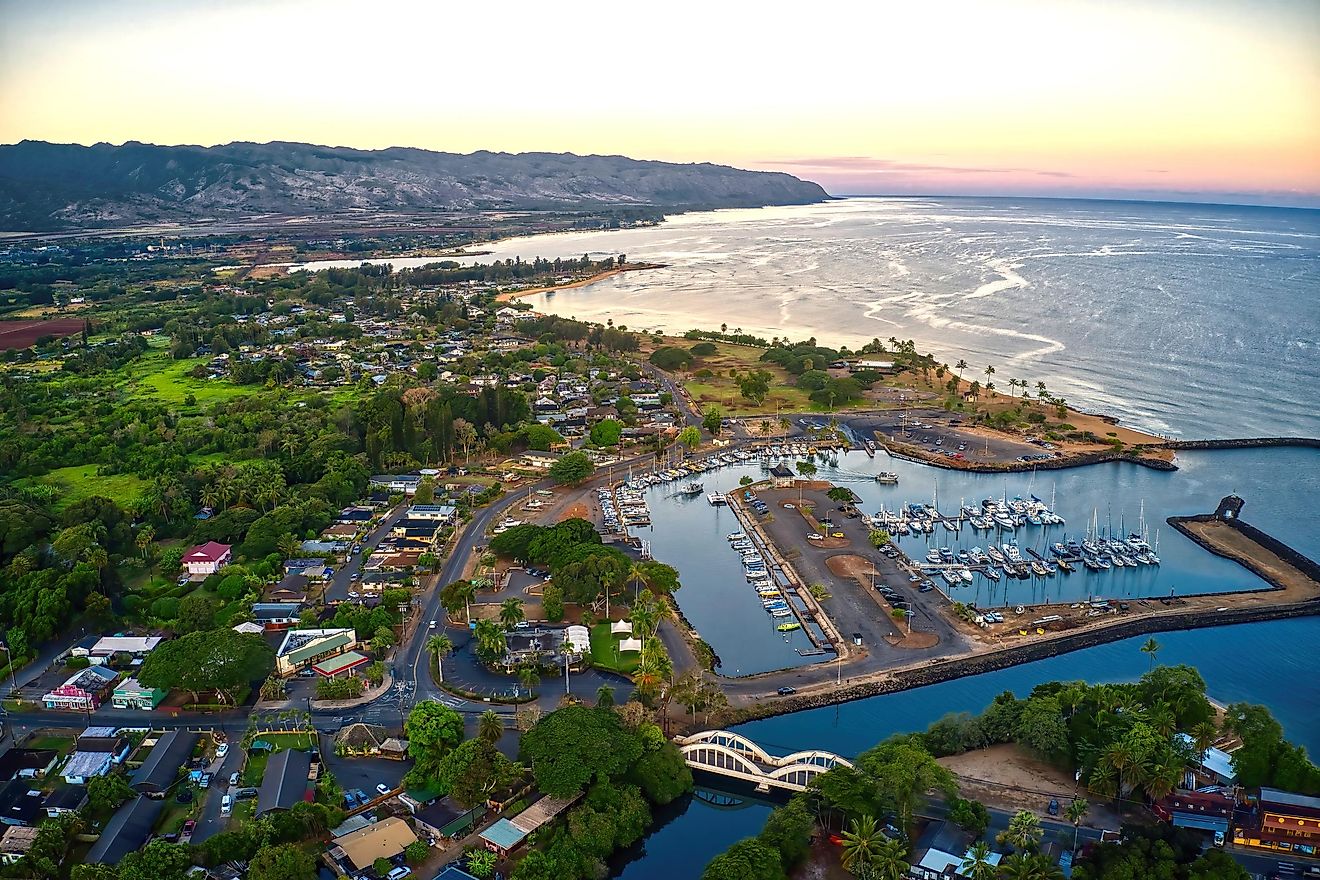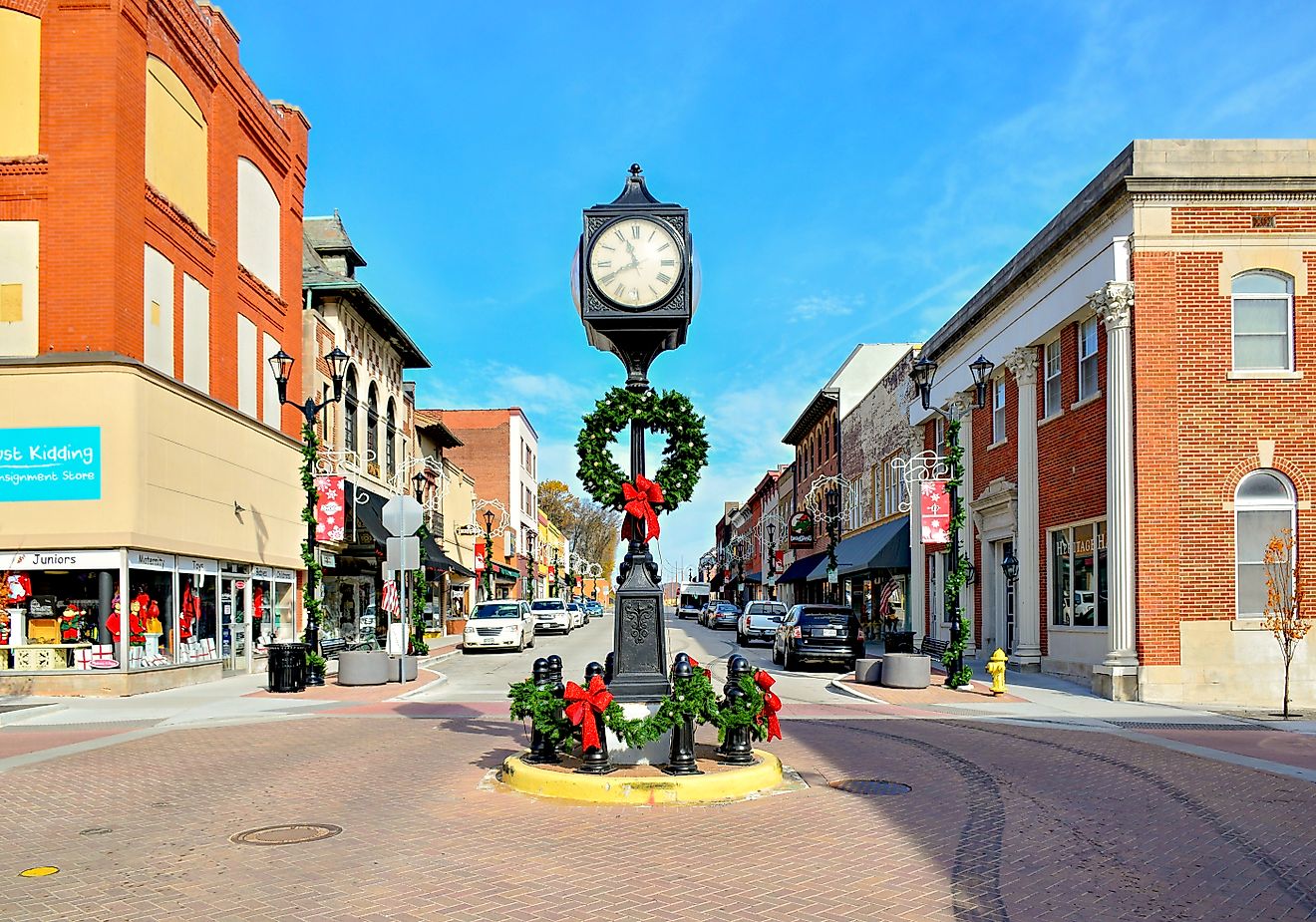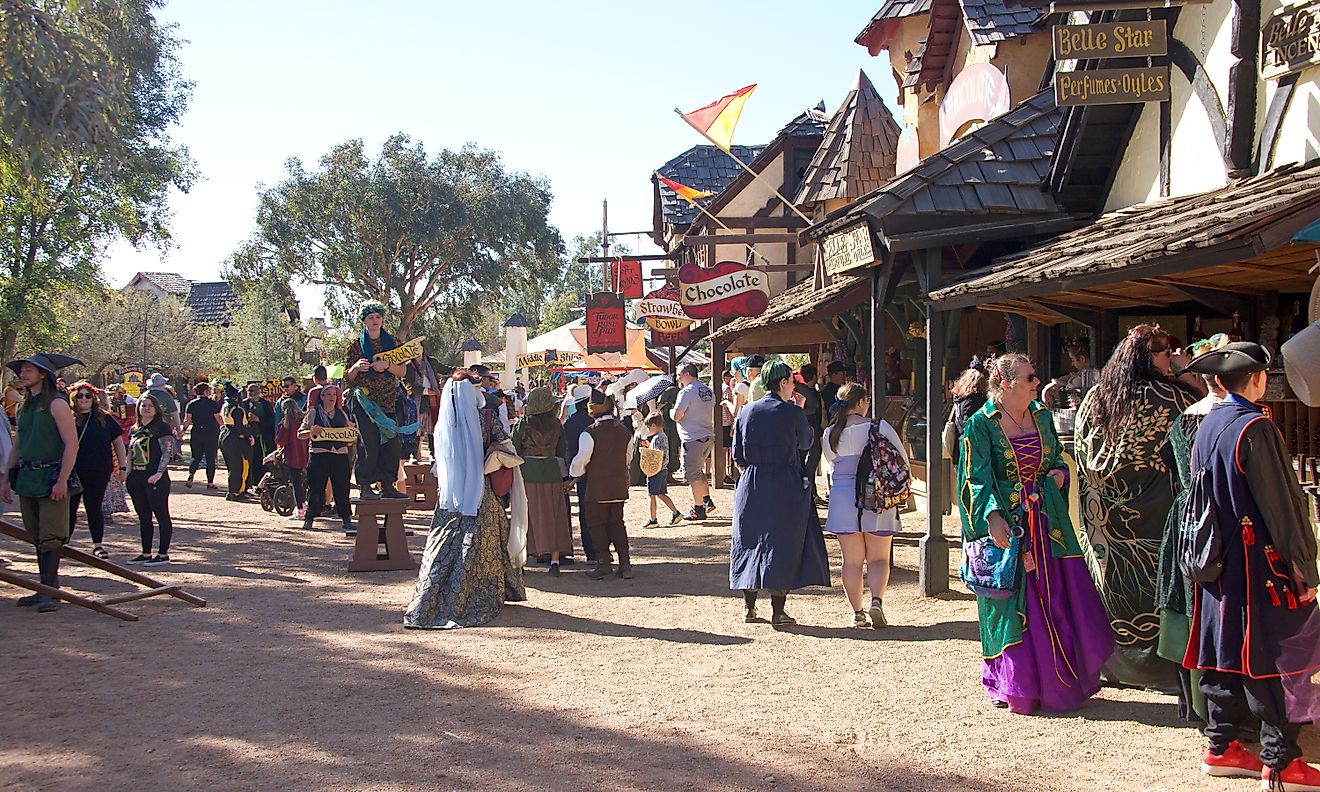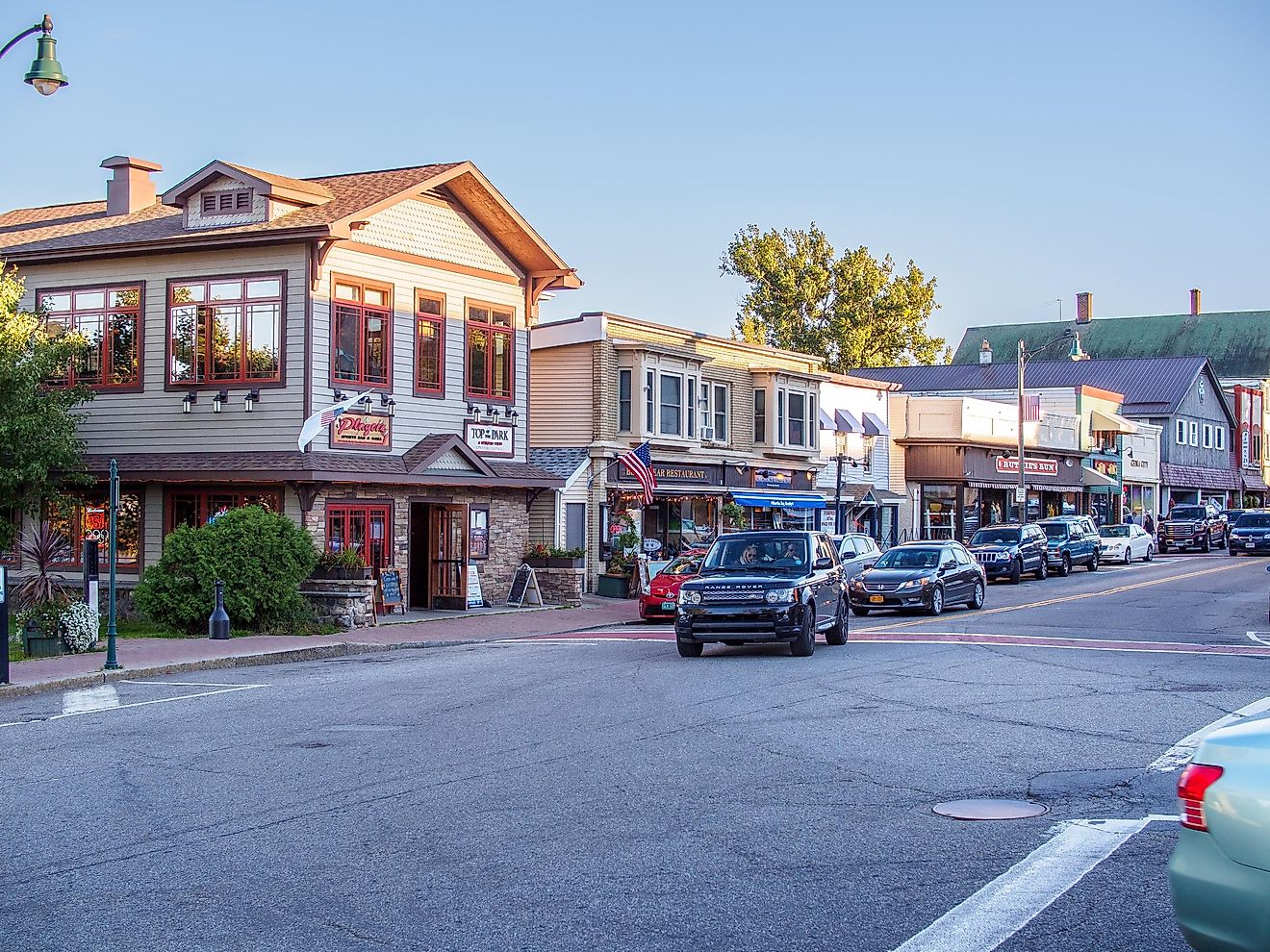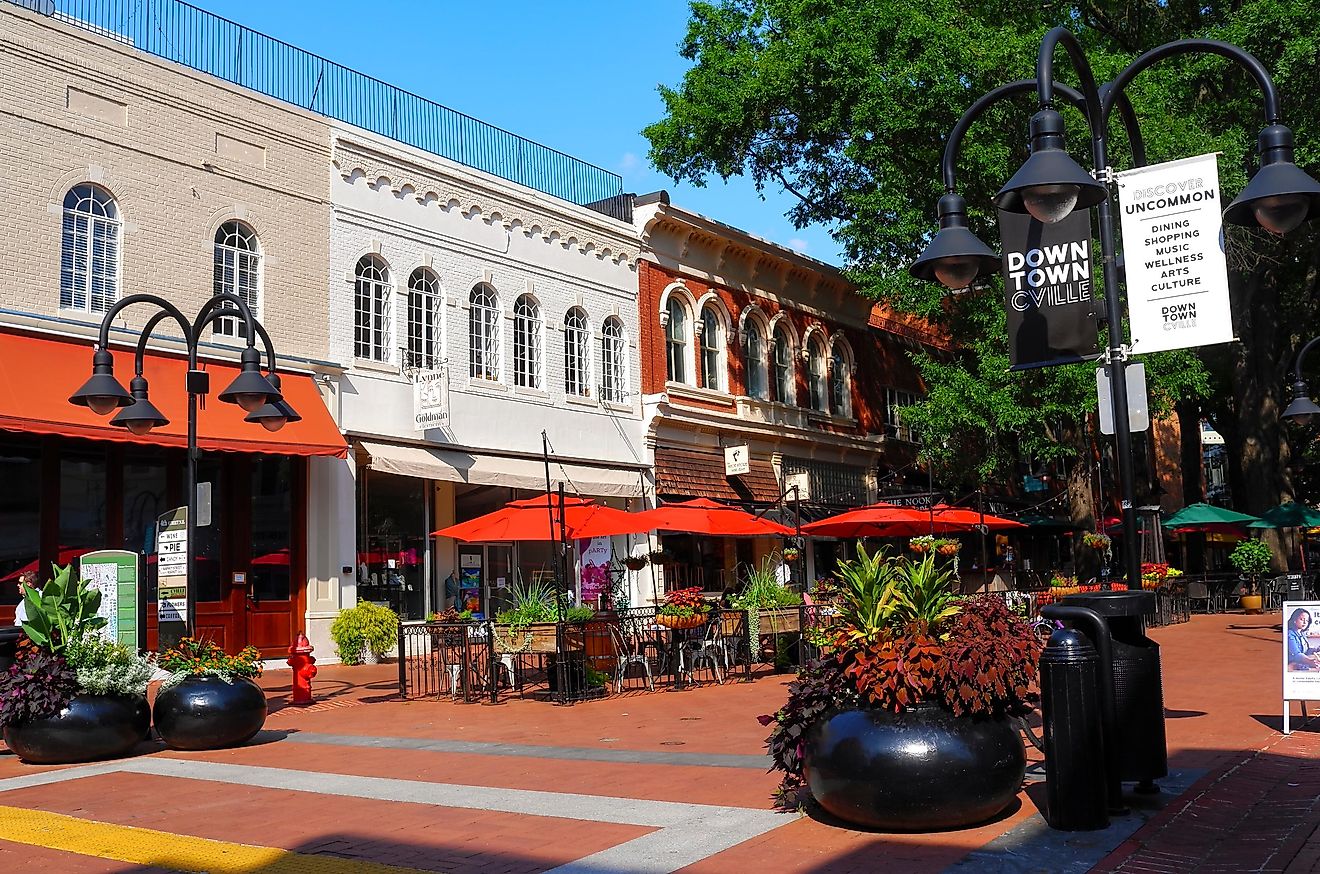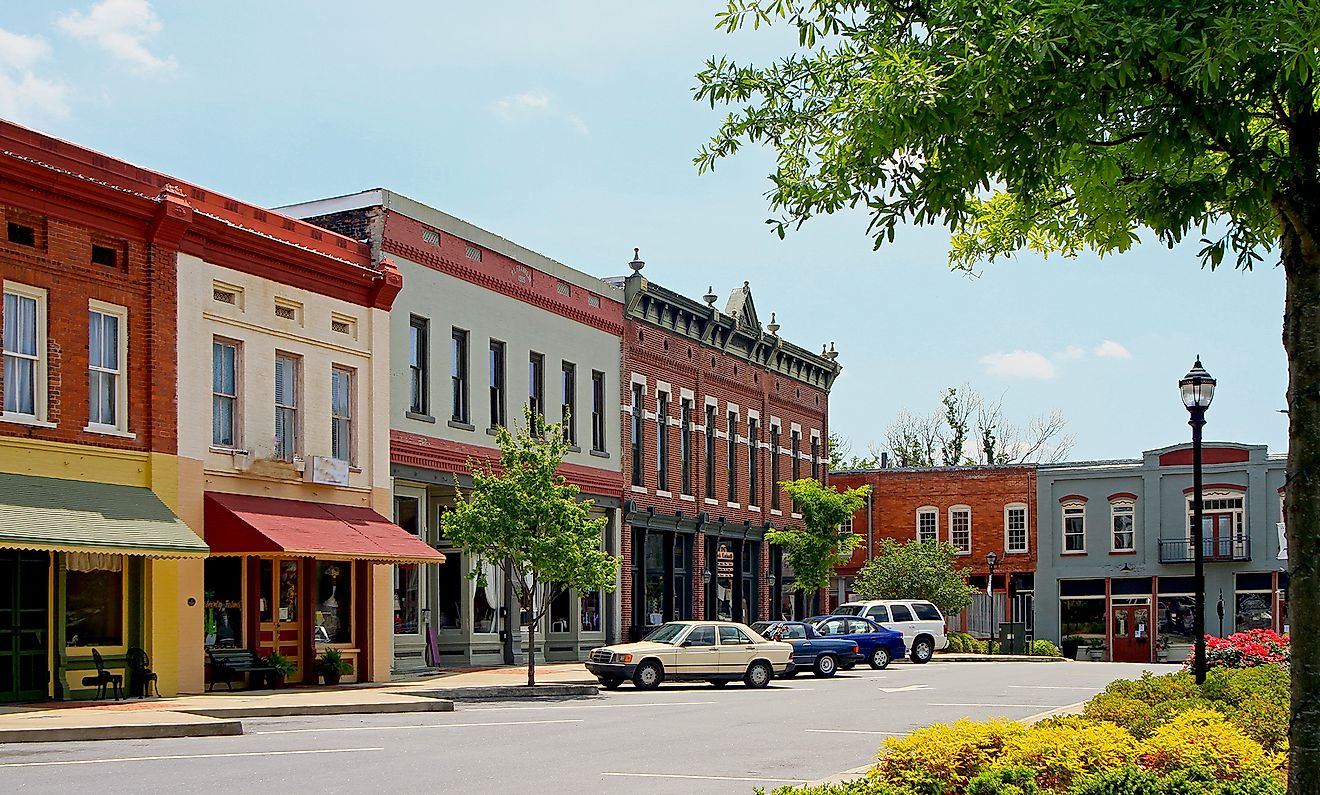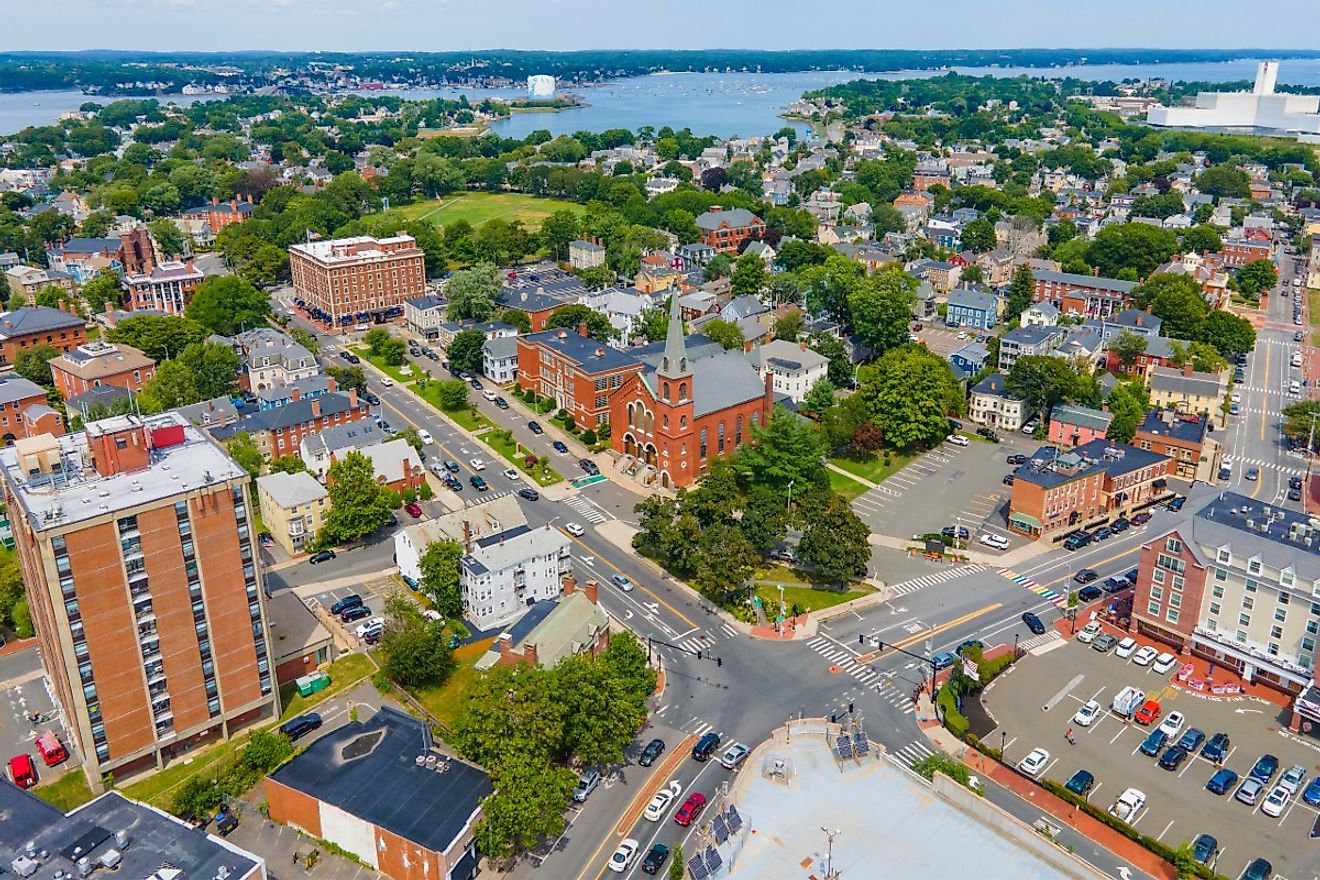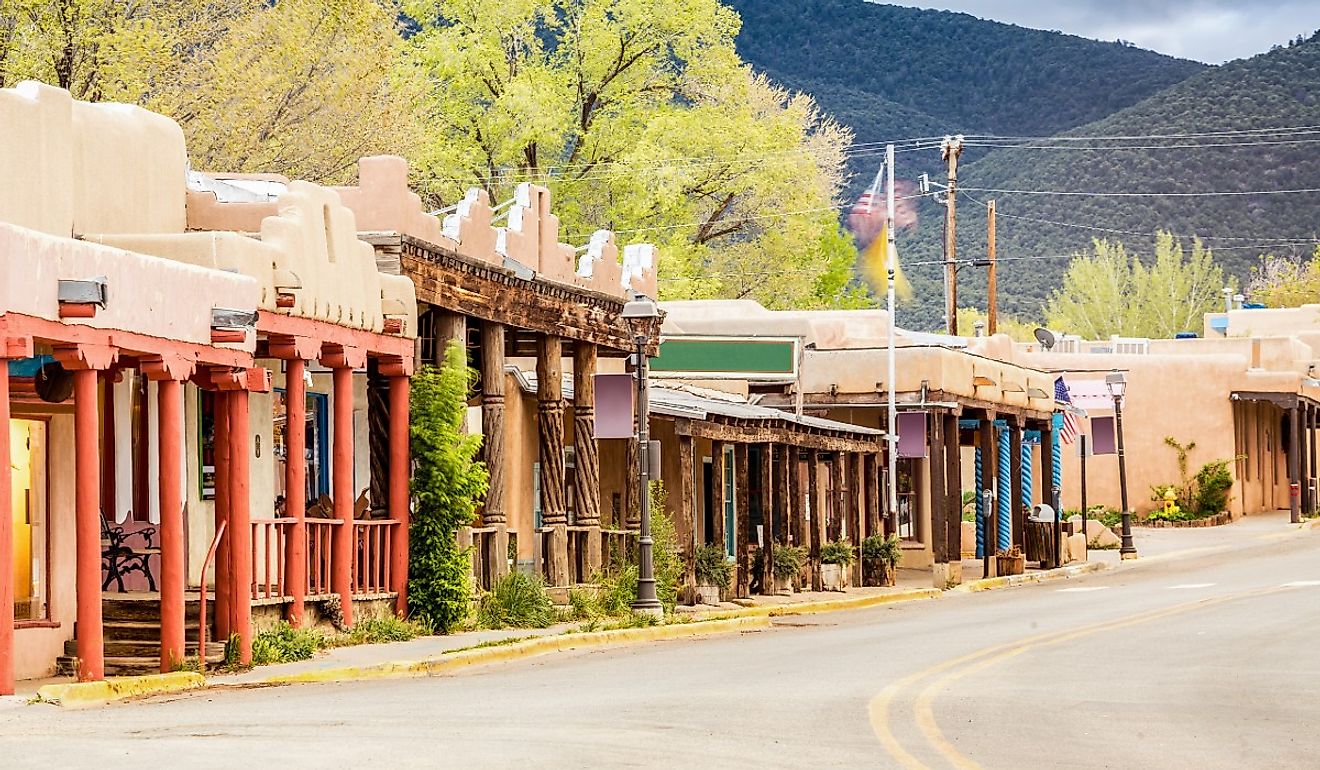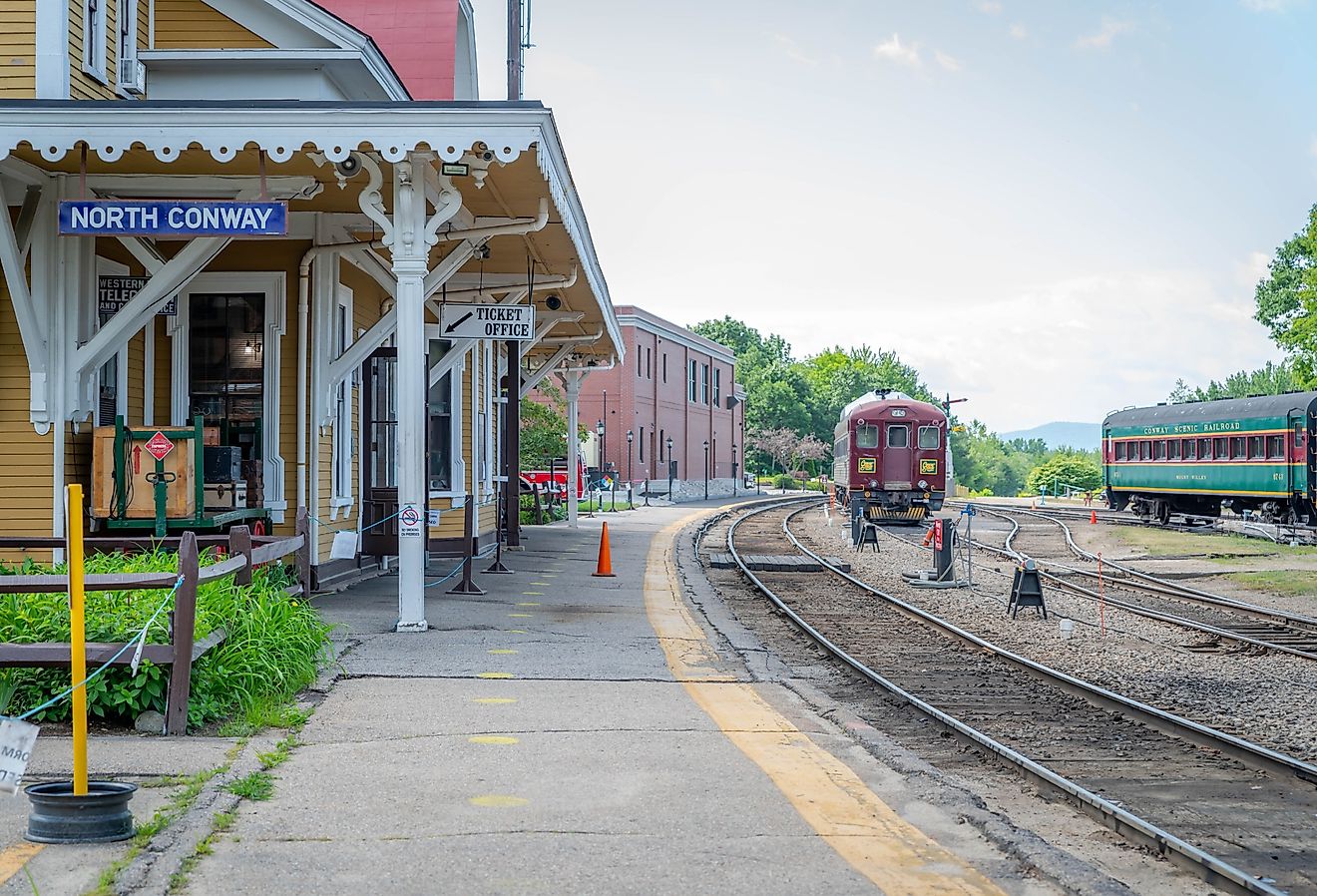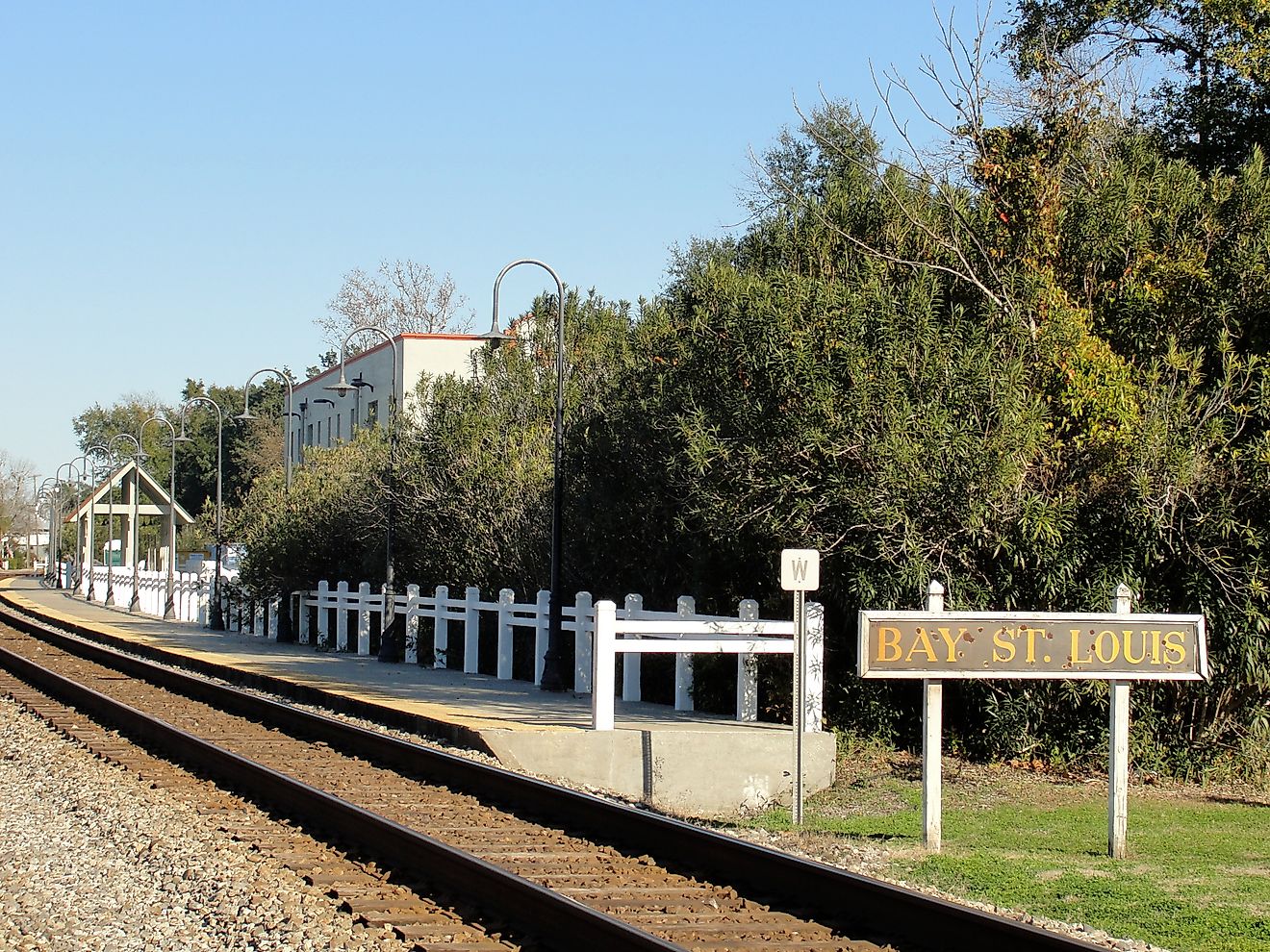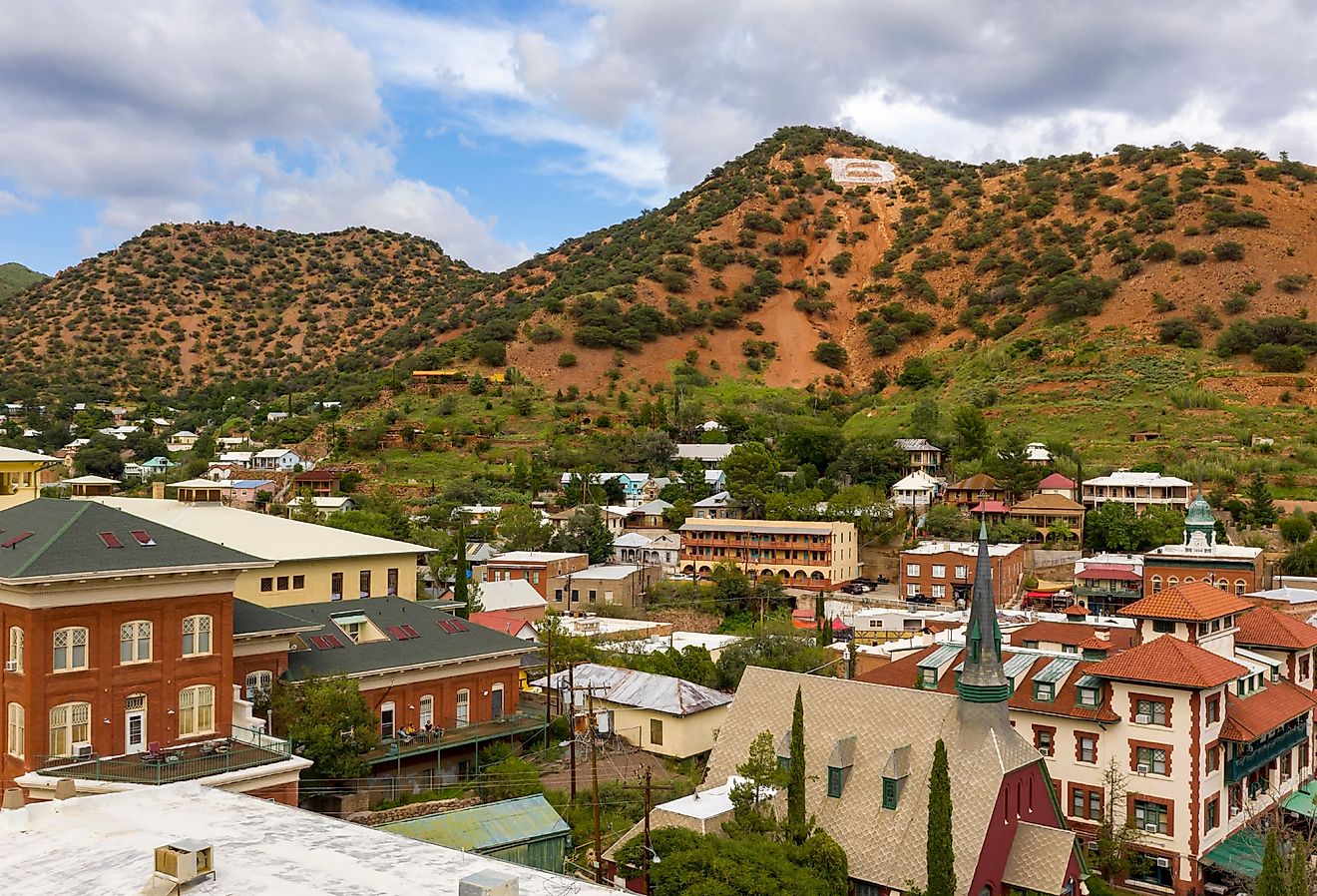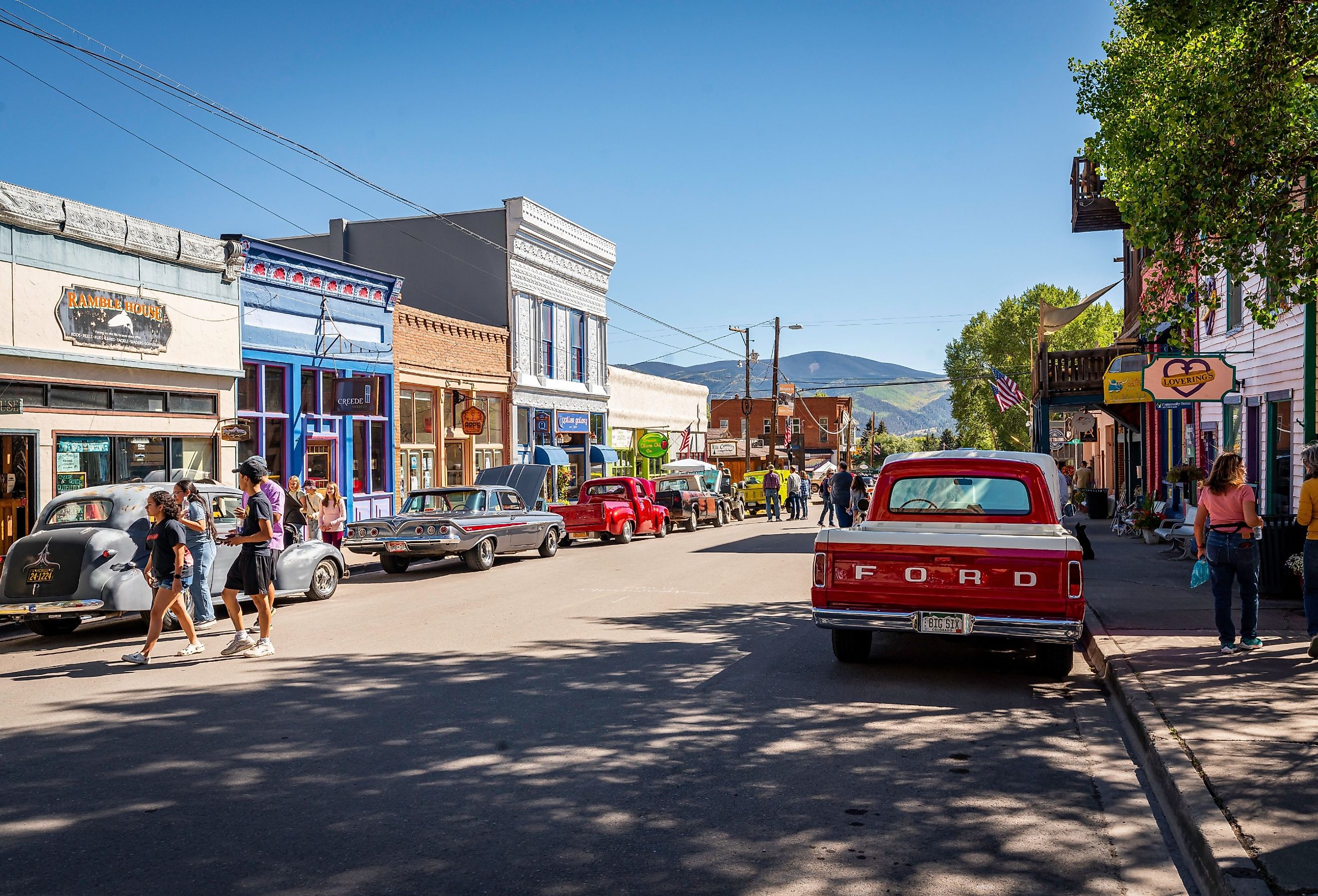
7 Towns In Colorado That Were Frozen In Time
Colorado, which played a crucial role in the 19th-century gold boom, is so much more than just the Rocky Mountains. With ancient mineral springs, old-time saloons, and abandoned mines, Colorful Colorado stands as one of the country’s most incredible historic gems. If you are fascinated by stories of gold rush prosperity and Wild West adventures, prepare to explore the fascinating history of these seven towns that appear frozen in time.
Manitou Springs
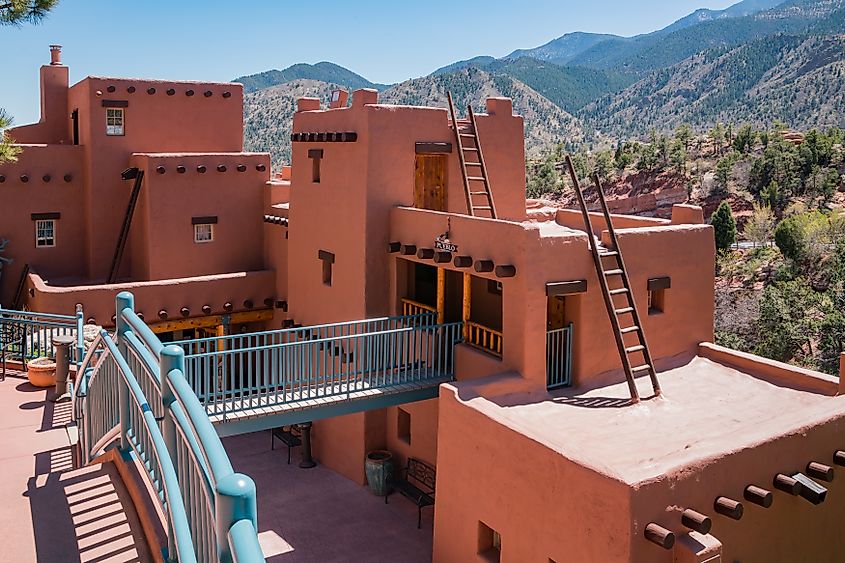
Manitou Springs is best known for its bubbling mineral springs, which have been cherished by the region’s Native Americans for centuries. Visitors can explore the eight mineral springs scattered throughout the historic downtown district on a self-guided tour, starting at the Manitou Springs Heritage Center for information. The Heritage Center also hosts several on-site exhibits, including a water culture exhibit, rails exhibit, and pottery exhibits.
Just a five-minute drive from town, visitors can explore the Manitou Cliff Dwellings, a collection of ancestral Puebloan ruins dating back between 800 and 1000 years. Want to go even further back in time? Book a tour at the Cave of the Winds, a cave network that is millions of years old with more than 15 rooms and numerous passageways to discover.
Leadville
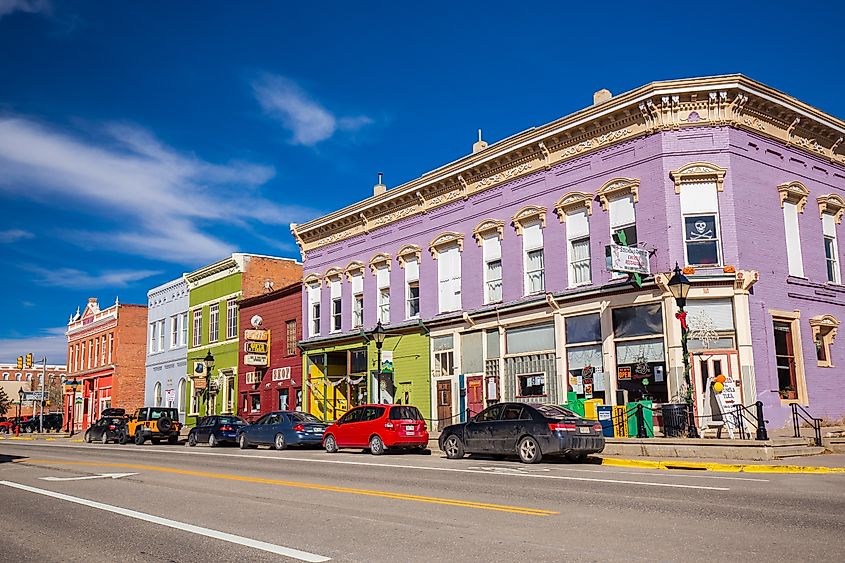
At its peak, Leadville was a bustling Victorian-era mining town, filled with gold and silver mines, saloons, and dance halls. Today, it shares its history largely through its museums, boasting the highest number of museums per capita in the state! Visitors can appreciate Leadville’s historic homes through the Dexter Cabin and Healy House Museum, or learn about its mining past at the Matchless Mine and Baby Doe’s Cabin or National Mining Hall of Fame and Museum.
Just east of downtown, travelers can explore Leadville’s Historic Mining District, featuring a network of roads once abundant in mines and mining camps, many of which still stand today. Whether you need a historic place to stay or a good meal, consider visiting Twin Lakes Inn and Saloon, operating since 1879 as a stagecoach stop, sitting at the foot of Mount Elbert, an impressive 14,000-foot mountain.
Creede
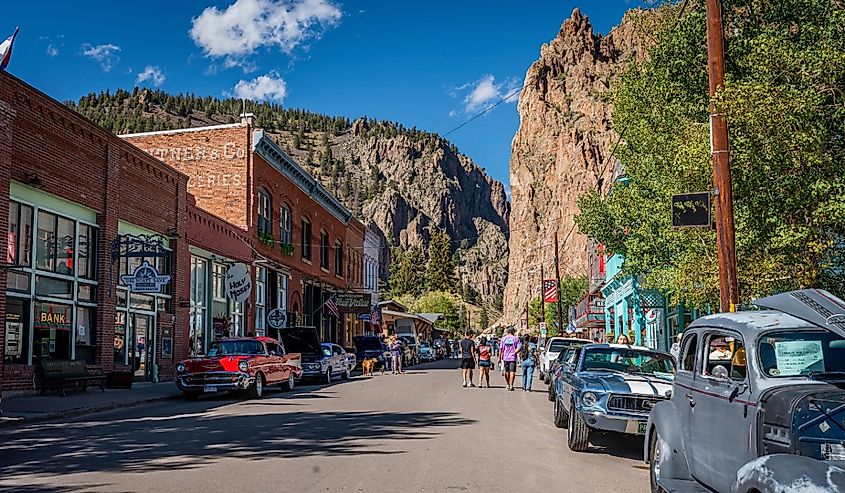
When visitors step into Creede, they feel its rugged, wild west, mining town spirit. Walking through the downtown district, visitors will have beautiful views of the San Juan Mountains and many shops and attractions to explore, including the Underground Mining Museum, Mines and Memories General Store, and the Wild Beaver Mountain Man Emporium.
Thanks to Creede’s high elevation, low light pollution, and minimal humidity, it’s one of the best stargazing spots in the state, with the Milky Way frequently visible on clear nights. To appreciate the historic surroundings, consider embarking on the 17-mile Bachelor Loop, which will take travelers 2,000 feet up in elevation, passing by 1890s silver mines, the old Bachelor town site, and the Last Chance Mine.
Cripple Creek
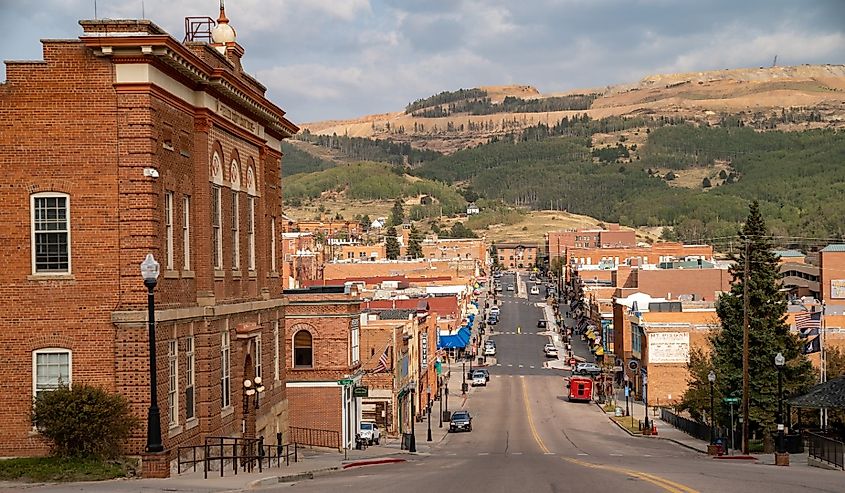
By the early 20th century, Cripple Creek was home to roughly 500 mines and 50,000 residents, making it one of Colorado’s most populated cities at the time. Today, although it is home to just a little over 1,000 residents, its rich and prosperous past continues to be preserved. The Cripple Creek District Museum is a good starting point, featuring numerous historic buildings to explore, including two Victorian apartments, the 1893 Colorado Trading & Transfer building, and the historic Assay Office.
Contributing to the wild-west atmosphere, a herd of donkeys roams Cripple Creek’s streets from mid-May through mid-October, with biscuits available in several buildings around town to feed them. For an unforgettable night of entertainment, head to the Butte Theater, where you can enjoy a lively melodrama in a historic venue that has been operating since 1896.
Central City
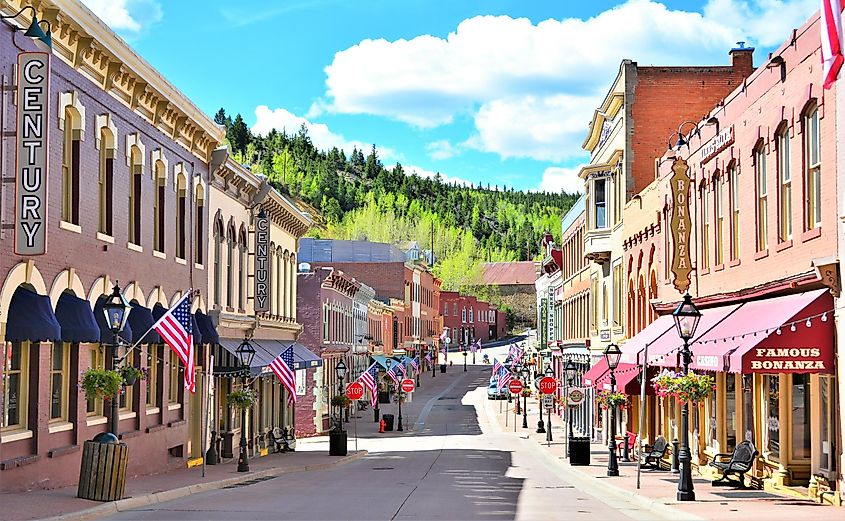
Just a 45-minute drive from Denver, Central City can make a great day or weekend trip for those hailing from the city. 294 buildings around town are 100 years old or older, making for plenty of history to explore. A few of the historic sites worth checking out include the Teller House, an 80-room building constructed in 1872, the Opera House, built in 1878, and the Gilpin History Museum, which exhibits what life was like for early settlers in Central City.
For an antique or souvenir, visit Hawley Mercantile on Main Street, where you will find four floors brimming with collectibles and treasures. For a neat hiking experience, take a walk through Central City’s 19th-century cemetery, which was named one of the Best Places for a Fall Hike near Denver by 5280 Magazine.
Telluride

Telluride’s history as a city began in 1878, as a mining camp. However, Native Americans and Spanish colonizers have been in the area since at least the 1700s. Telluride’s historic district is evidence of its extensive past, spanning 12 blocks long and 8 blocks wide, with many buildings having Victorian-style architecture. To dive deeper into the town’s history, visitors can spend a morning at the Telluride Historical Museum, housed in a former hospital that served the community until 1964.
Other landmarks to explore include Saint Patrick’s Catholic Church, constructed in the late 19th century, and Town Hall, originally built as a schoolhouse in 1833. Those planning to visit Telluride in the winter months can take advantage of its famous ski slopes, enjoying the pristine, uncrowded ski trails of Telluride Ski Resort.
Silverton
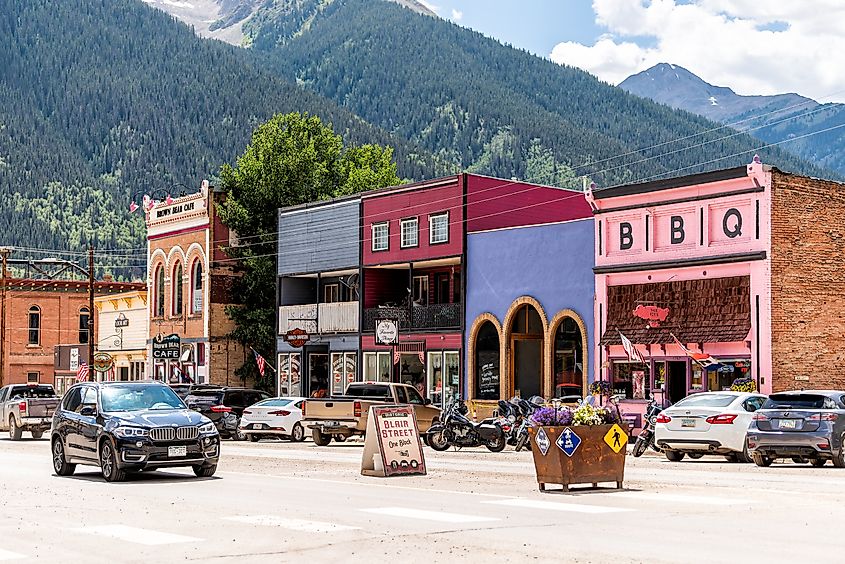
While Silverton is often popular with visitors for its ski slopes, natural attractions, and wildlife, it also has ghost towns, railroads, and a robust historic district to explore. Located just 15 miles away, Animas Forks has been a ghost town since the 1920s, with numerous abandoned wooden buildings and log cabins still standing today.
Visitors can also appreciate the countryside with a ride on the Durango & Silverton Narrow Gauge Railroad, a national landmark that continues to operate, even offering Polar Express-themed rides during the holiday season. The Blair Street Historic District is also an essential stop, featuring Victorian-style buildings, boardwalks, and wood and metal signs that add to the 19th-century ambiance.
As many of these towns were once thriving cities during the 19th and 20th centuries, they continue to boast an abundance of historic sites to explore, even if their size has dwindled over the years. Some even contain nearby abandoned settlements and ghost towns, serving as reminders of a once-thriving prosperity. By exploring an abandoned mining camp or taking a ride along a historic railway, you can reflect on the adventures that once unfolded on these very lands.

